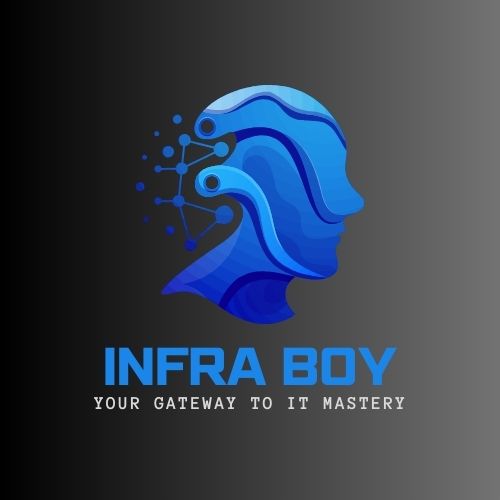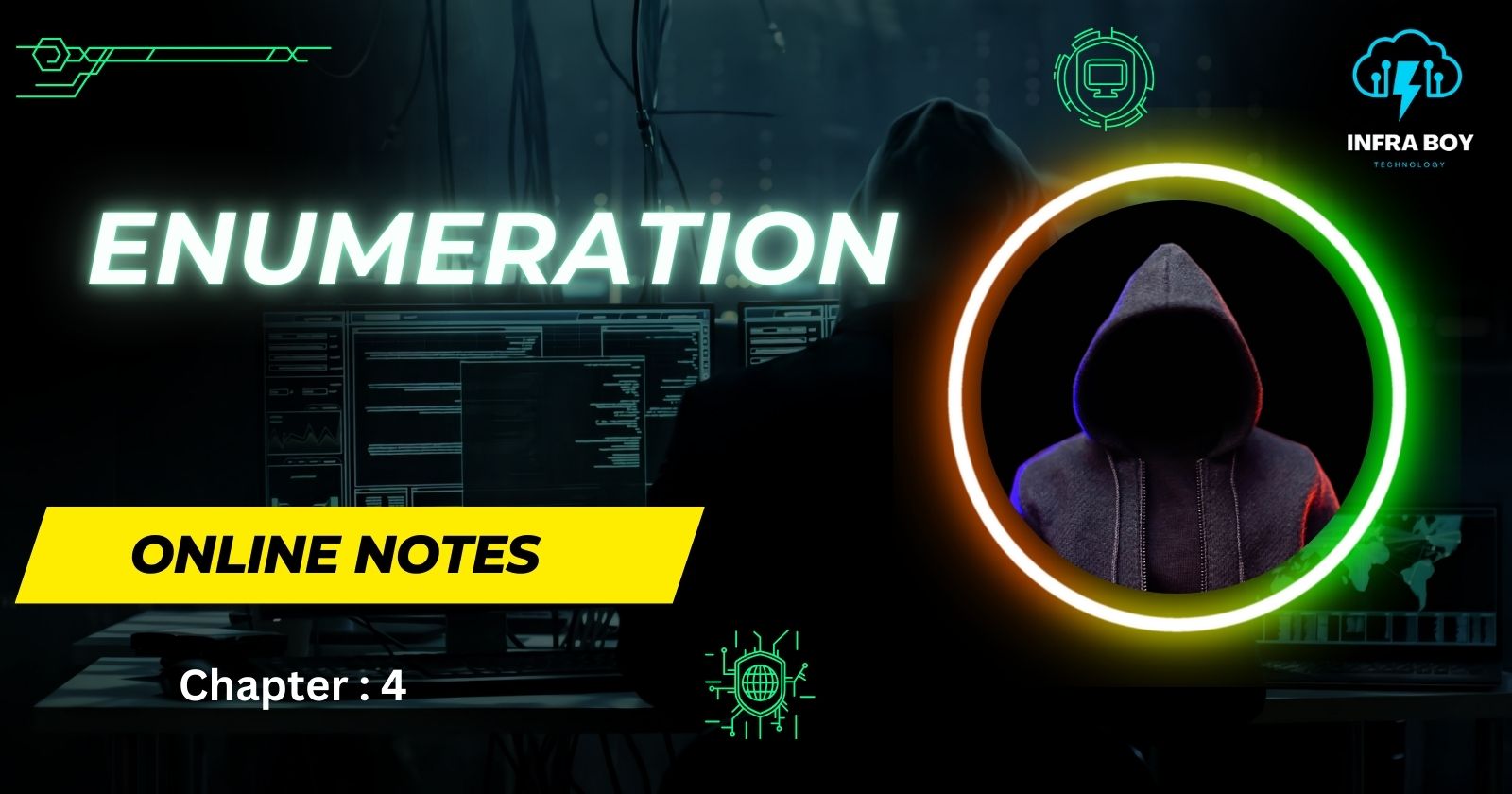Exploring Enumeration Techniques in Ethical Hacking
 Infraboy
Infraboy
Unveiling the Secrets: A Deep Dive into Enumeration in Ethical Hacking
In the realm of ethical hacking, information is power. Enumeration, a fundamental phase in the ethical hacking process, plays a crucial role in gathering critical details about a target system or network. By meticulously collecting this information, ethical hackers can identify potential vulnerabilities that can be exploited to gain unauthorized access – but with the ultimate goal of improving the system's security.
What is Enumeration?
Enumeration is the systematic process of extracting valuable information from a target system or network. This information can encompass a wide range of elements, such as:
Usernames and passwords: Identifying valid user accounts can be a crucial step in launching a targeted attack.
Operating systems and software versions: Knowing the target's software versions can help hackers identify known vulnerabilities associated with that specific software.
Network services and ports: Understanding the services and ports running on a network can expose potential entry points for exploitation.
Network topology and infrastructure: Mapping out the network layout can reveal weaknesses in the overall security posture.
File and directory structures: Gaining access to file and directory structures can expose sensitive data or provide clues about the system's functionality.
Techniques for Effective Enumeration
Ethical hackers employ a variety of techniques to gather information during the enumeration phase. Some common methods include:
Footprinting: This involves gathering basic information about a target, such as its IP address, domain names, and network presence, using online tools and resources.
Scanning: Various tools can be used to scan a target network for open ports, running services, and potential vulnerabilities.
Social Engineering: In some instances, ethical hackers may use social engineering techniques to trick employees into revealing sensitive information. However, this should only be done with explicit permission from the organization undergoing the penetration test.
DNS Enumeration: Extracting information like hostnames and email addresses from a target's DNS records can be valuable.
Why is Enumeration Important?
Enumeration serves as the foundation for a successful ethical hacking engagement. By meticulously gathering information, ethical hackers can:
Identify potential attack vectors: Based on the information collected through enumeration, ethical hackers can tailor their attacks to exploit the specific vulnerabilities present in the system.
Prioritize targets: By understanding the value of different targets within a network, ethical hackers can prioritize their efforts on the most critical assets.
Minimize risk: The more information ethical hackers have, the better they can plan their attack and minimize the risk of causing unintended damage.
Improve security posture: By identifying and exploiting vulnerabilities during an ethical hacking engagement, organizations can rectify those vulnerabilities and strengthen their overall security posture.
Footprinting Tools:
Nslookup: A command-line tool used to query DNS servers and retrieve information like IP addresses and hostnames.
Whois: A service that helps identify the owner and registration details of a domain name.
Traceroute/Tracert: These tools reveal the path packets take to reach a target network, providing insights into network topology.
Scanning Tools:
Nmap (Network Mapper): A versatile open-source tool for network discovery, port scanning, and vulnerability assessment.
Nessus: A powerful commercial vulnerability scanner that identifies a wide range of security weaknesses.
OpenVAS: Another open-source vulnerability scanner offering comprehensive scanning capabilities.
Social Engineering Tools
Ethical hackers should only use these tools with explicit permission from the target organization.
Social networking platforms: Public profiles on platforms like LinkedIn or Facebook can reveal valuable information about employees and the organization.
Email phishing simulations: Simulated phishing emails can test employee awareness of social engineering tactics.
DNS Enumeration Tools:
Zone Transfer: This technique, if allowed by the target's DNS server configuration, can reveal a wealth of information, including hostnames, email addresses, and other resource records.
DNS Dig: A command-line tool used to query DNS servers and extract information about resource records.
Additional Considerations:
Web Application Scanners: Tools like Burp Suite or Acunetix can be used to identify vulnerabilities in web applications during enumeration.
Packet Analyzers: Tools like Wireshark can capture network traffic and reveal valuable information about protocols, services, and data flow.
Remember: Ethical hackers have a responsibility to use these tools ethically and legally. Always obtain proper authorization and adhere to a strict code of conduct.
Subscribe to my newsletter
Read articles from Infraboy directly inside your inbox. Subscribe to the newsletter, and don't miss out.
Written by

Infraboy
Infraboy
We will provide all kinds of the note which is related to IT infra courses like : Networking , Cloud Computing , AWS , CEH , Cyber Security